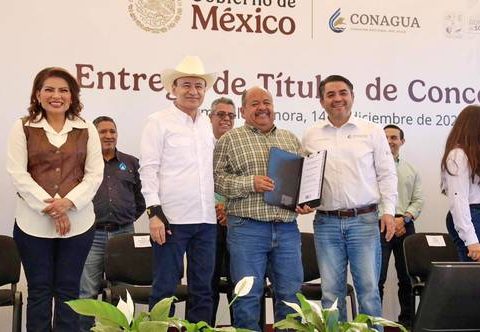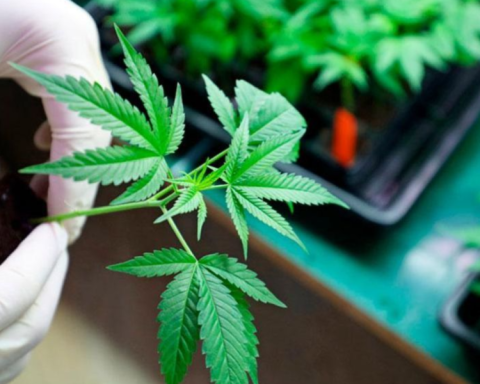Inflation is measured on an annual basis, which means that after levels not seen in two decades in Mexico, “it is enough that inflation is a little less high for us to see reductions in annual terms,” and that does not mean ” inflation rates are going to be very low,” said Jessica Roldán, chief economist at Finamex Casa de Bolsa.
“We are waiting for the inflation readings for next year to come under pressure, the difference is that they are going to be less strong pressures than what we are seeing this year. It is true that we are going to see a reduction, without this being accompanied by a normalization in the inflation figures,” he added.
In the first half of October, annual inflation was 8.14%, below the 8.28% expected by the market, however, it is still more than double Banxico’s goal. The good news is that, according to Inegi data, this indicator has begun to drop from the 8.77% it reached in the second half of August.
The pressures that are expected for next year are in the price of food and raw materials necessary for the production of processed foods, added Adrián de la Garza, chief economist and director of economic studies at Citibanamex.
“When we say that ‘inflation goes down,’ it depends on what level it goes down and towards what level it goes down,” explained de la Garza.
This means that prices are growing at a lower annual rate; “We continue to see higher prices, but at a slower rate,” she added, while specifying that negative numbers in the consumer price index would be needed to see a reduction in prices.
According to the director of Citibanamex, in the last 10 or 15 years “the growth of average prices in the country has been 4%.”
To achieve that 4%, or even the 3% that is the inflationary goal of Banco de México, we will have to wait until 2024, the experts consulted agreed.
















